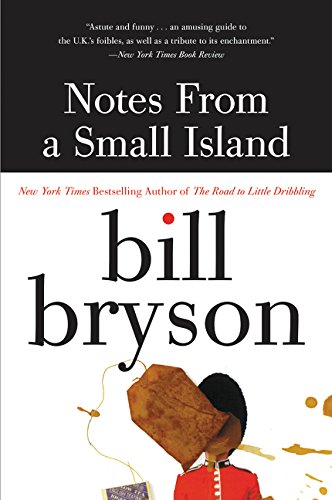
He talks about how much easier it was to imagine Romans living and walking here, in an ancient wood looking at the mosaic in situ (though the BBC point out that some of the mosaic may be 19th century reconstruction).Īfter this, Bryson moves from the sublime to the ridiculous as he describes (perfectly) getting lost in Milton Keynes, then I got very cross when he said he didn't want to visit Rugby, Coventry or Birmingham, three places where I have many happy memories from my late teens and early twenties. His description of the villa is beautiful, and he describes how 'for the first time it dawned on me in a kind of profound way that all those Roman antiquities I had gazed at over the years weren't created with a view to ending up one day in museums'. What impressed Bryson about this one, though, is that is was just hidden away in the wood, with a polystyrene cover over the mosaic. These are usually covered over, an entrance fee is charged and there's a shop and cafe and so on. According to the BBC, the villa has become somewhat better known since the book was published, though it doesn't sound like it's being preserved and presented by English Heritage or the National Trust the way Lullingstone or Chedworth are.

The other day, I came across Bryson's description of a Roman ruin with mosaic he went to see near Cirencester, Spoonley Wood Villa.


I've been reading Bill Bryson's Notes From a Small Island since, oh, about last November, and I still haven't finished (somehow there's stll always too much to do).


 0 kommentar(er)
0 kommentar(er)
